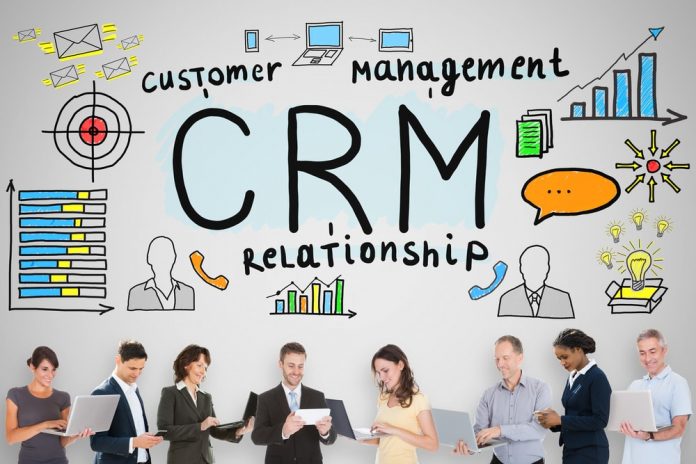Customer relationship management software can be a great investment. On average, companies earn back $8.71 for every dollar they spend on CRM, according to Nucleus Research data. However, while this speaks towards the potential value of CRM, it doesn’t guarantee that you’ll actually get these kinds of results from your particular CRM solution.
In order to see how your CRM solution is performing, you’ll need to do your own performance tracking. This will give you a baseline you can build on to make adjustments and improvements. Here are some tips on how to track the return on investment of your CRM solution, as well as how to improve your ROI so that you’re getting more out of your investment.
Decide What to Track
In order to measure your CRM solution’s ROI, you first need to decide which metrics you’re going to track to gauge your baseline and measure performance. Sales consultant Paul McCord identifies six key metrics for measuring CRM return on investment.
A first vital statistic to track is the number of sales calls made, including outbound and inbound calls, which gives you a raw view of your overall sales activity. However, in order for this raw number to be useful, it must be tracked against the number of sales made per sales call. Together these two stats will let you know how much sales activity your team needs to make in order to generate your target revenue numbers.
Another important metric to track is your sales cycle duration, which tells you how long it takes on average after your initial contact with a prospect in order to make a sale. Tracking this helps to predict cash flow, which is crucial for your company’s financial management. Two other important metrics for predicting revenue and cash flow are average value per customer and cross-sell and upsell rates for existing customers.
A sixth vital stat is client retention rate. This will let you know how much marketing activity you need to do in order to maintain your current customer base, along with how much this activity will cost you. There are other metrics you can track besides these, but starting with these six will give you a good foundation for measuring your CRM return on investment.
Compare Your Baseline to Your Performance and Your Expenses
Once you know what you want to track, you have a basis for measuring return on investment. In order to convert the numbers you track into ROI measurement, first you need to establish a baseline. Ideally, you should establish your baseline using numbers generated by your old sales system before you purchased your current CRM solution. If this data is unavailable, you can take a baseline from current performance and track how implementation of your CRM solution affects your sales numbers over time.
By comparing your baseline with your ongoing performance, you can see how your CRM solution is affecting your key metrics and ultimately your revenue generation. By comparing this with the expenses you pay for your CRM solution, you can calculate your return on investment.
Adjust and Improve
The return on investment you get from your CRM solution depends on what you put into it, so you can improve your ROI by making adjustments and improvements.
There are several strategies you can use to improve your CRM performance. One is using your CRM data to analyze your customer base so you can target marketing efforts at your ideal prospects. By sharing your CRM data with your marketing team, you can focus your promotional campaign on prospects who are more likely to buy from you, increasing your sales conversion rate and the efficiency of your sales calls to sales ratio.
You can also increase your sales conversion rate by using your CRM tool to automate the steps in your sales process. For instance, you can use your CRM analytics to identify your hottest prospects, and then have notifications sent out to your sales team notifying them of which prospects to prioritize. You can also create a procedure for scheduling follow-up contacts with prospects and have automated reminders sent out when it’s time to initiate a follow-up.
These are just a few of the advanced capabilities of CRM tools for improving your ROI. The more training your sales team has in how to use your CRM software, the better return you will get from using it. Consider hiring consultants with expertise in your particular CRM, or buying a CRM system from a company like Customer FX that provides free professional trainingand advice to help you maximize the ROI from your CRM investment.
Choosing which metrics to track is the first step towards measuring your CRM return on investment. You can then establish a baseline for comparison with your CRM performance and compare the result with your expenses in order to gauge ROI. Finally, you can improve your ROI by making strategic adjustments to leverage your CRM software and optimize your sales performance.
Roy Rasmussen, coauthor of Publishing for Publicity, is a freelance writer who helps select clients write quality content to reach business and technology audiences. His clients have included Fortune 500 companies and bestselling authors. His most recent projects include books on cloud computing, small business management, sales, business coaching, social media marketing, and career planning.
CRM stock photo by Andrey_Popov/Shutterstock







